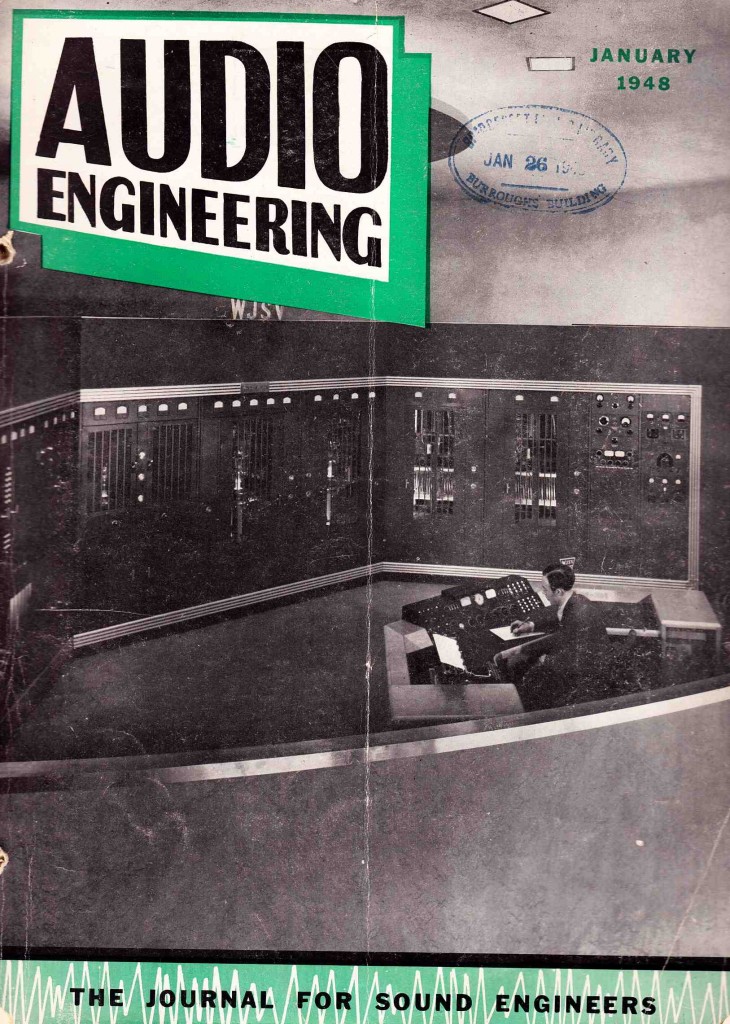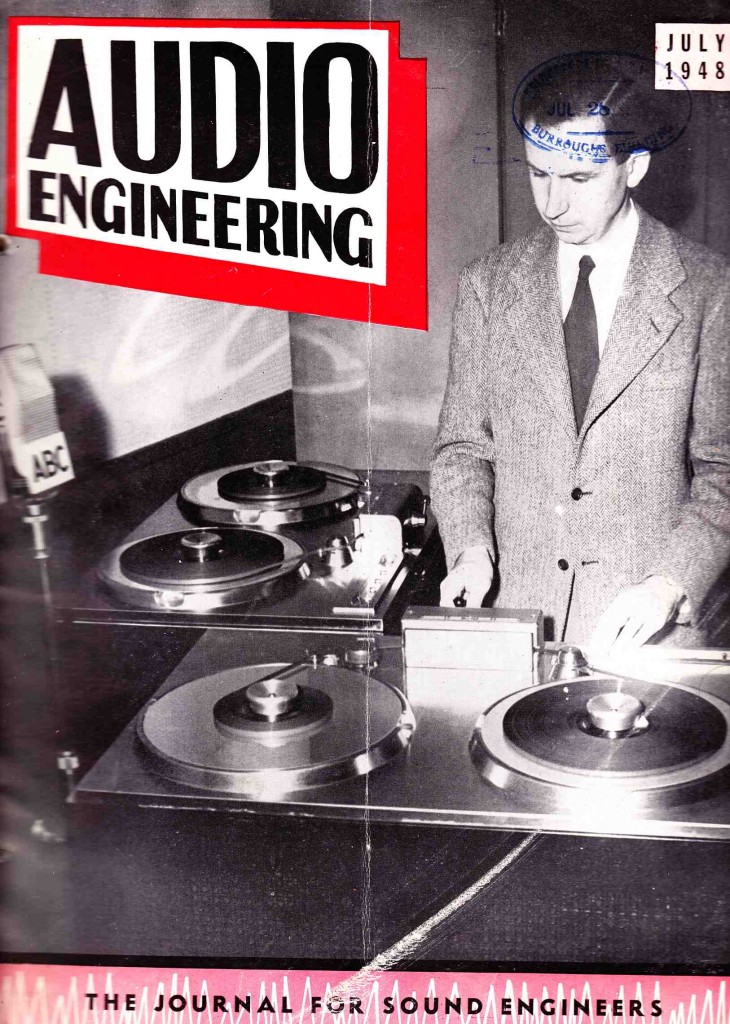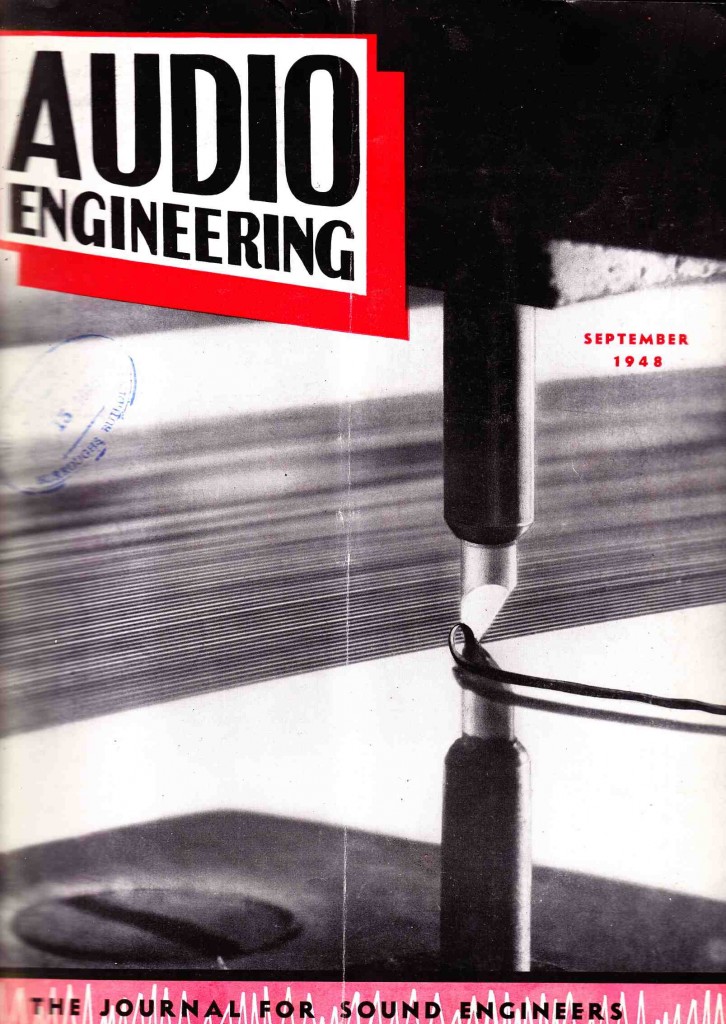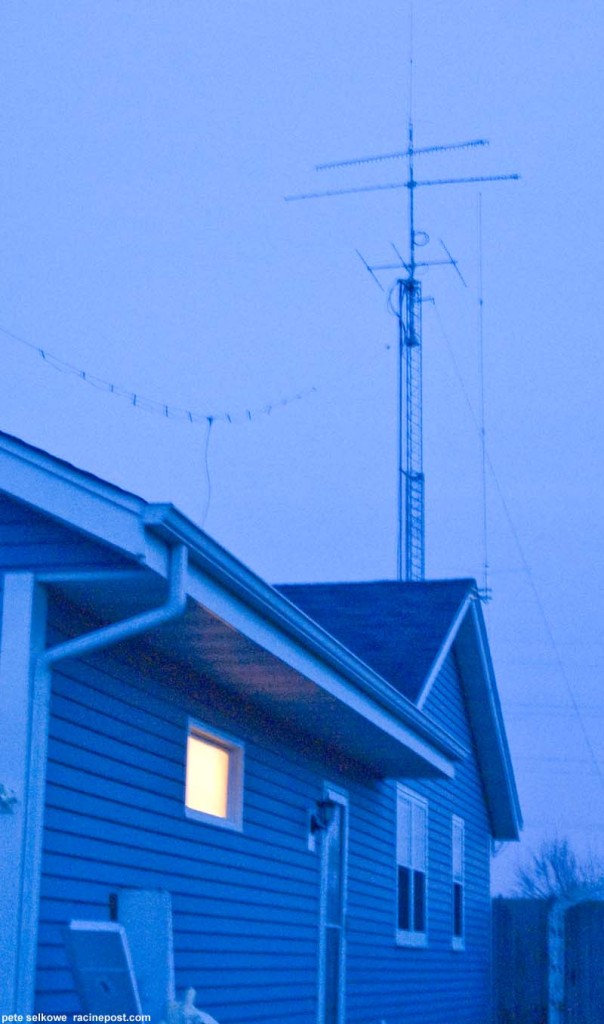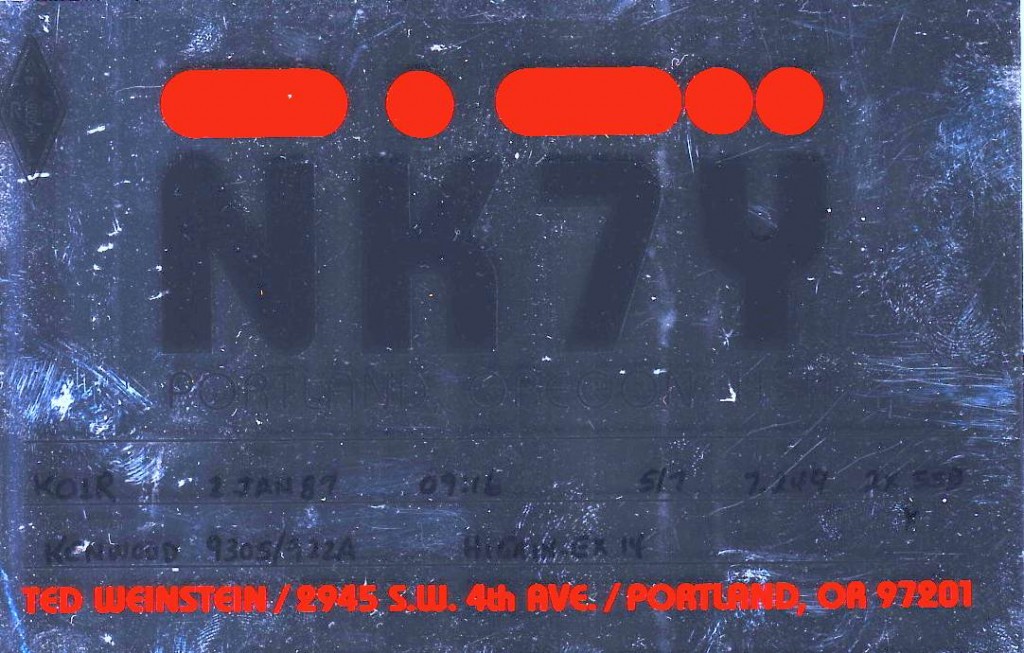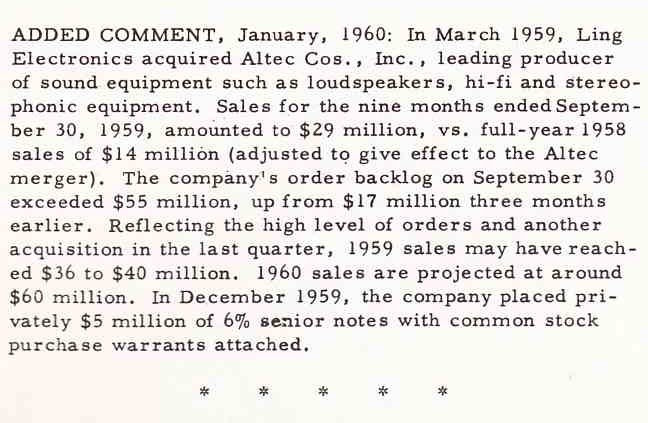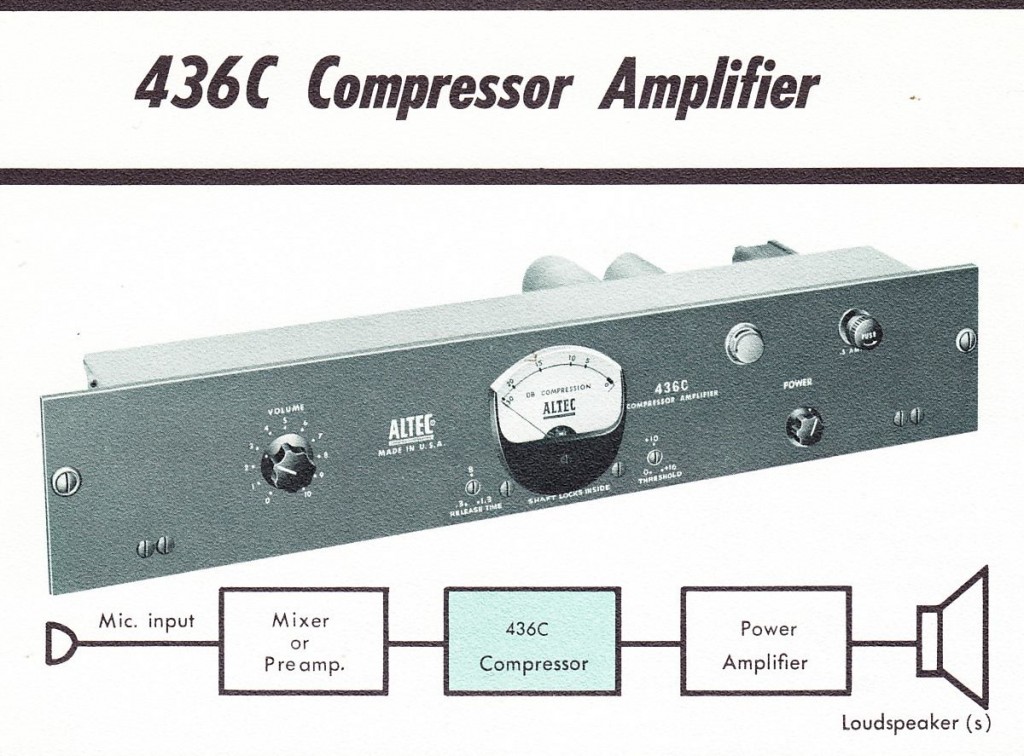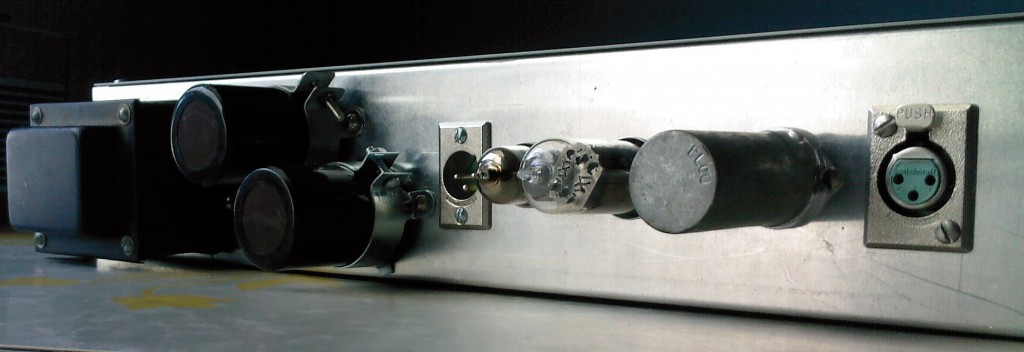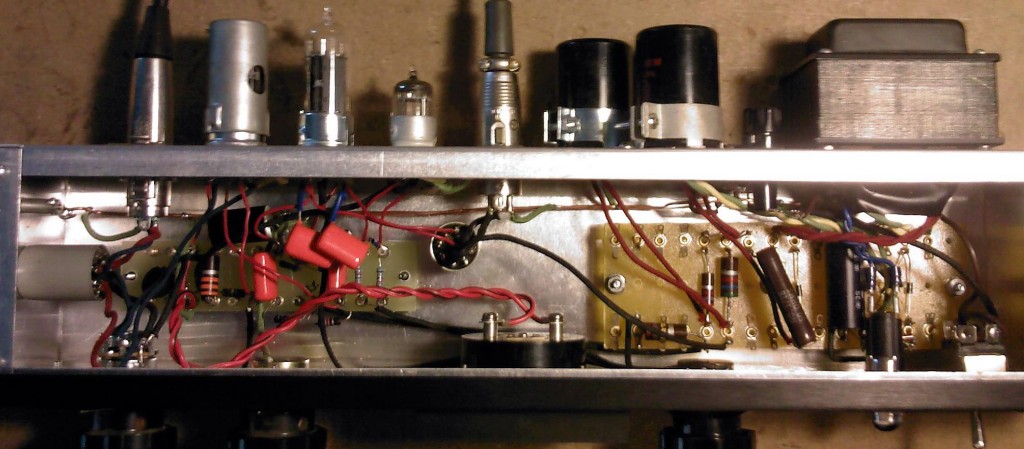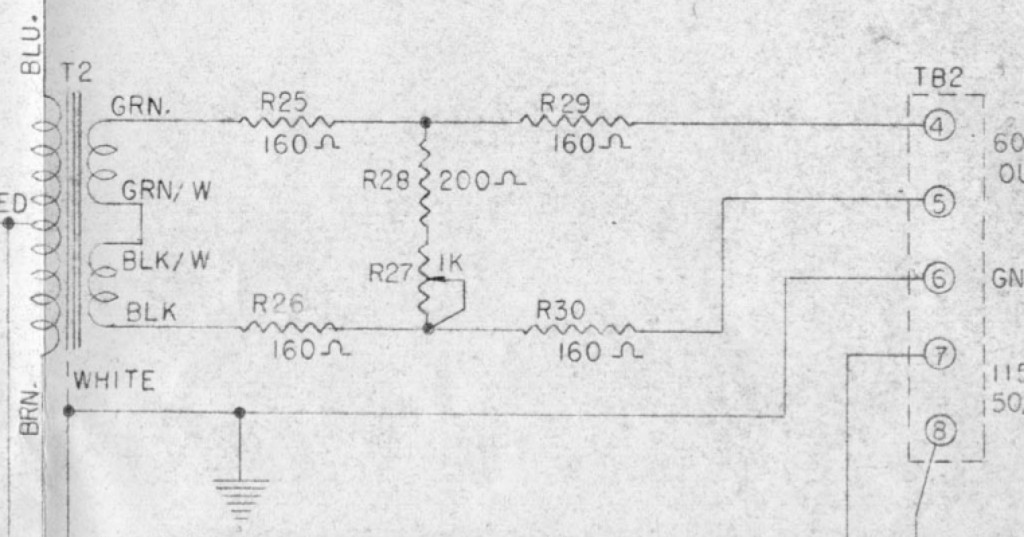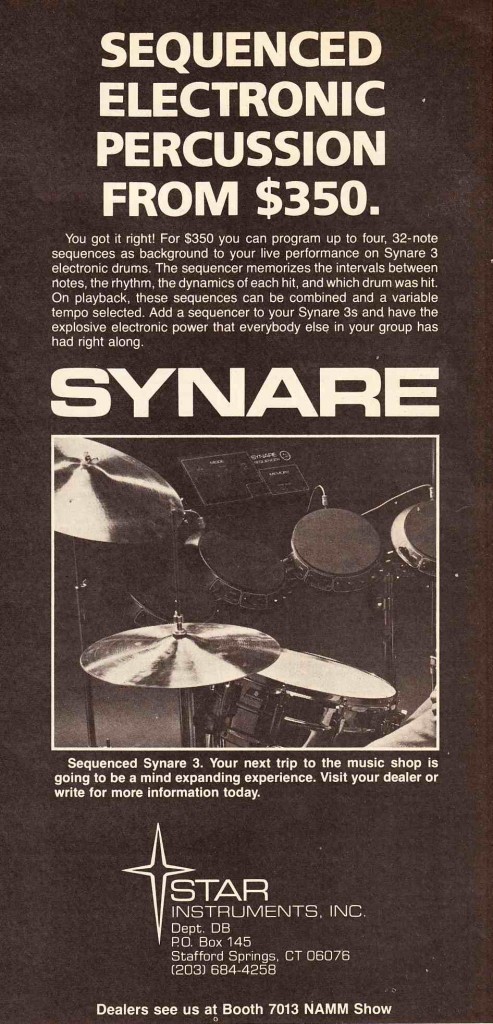 Today we’ll look at some of the more interesting covers of Audio Engineering magazine from the first two years of publication. As incredible and exotic as these interiors are, consider for a moment how similar they are in content to the cover of today’s Mix Magazine. Get ready to enter a lost world of steel+glass….
Today we’ll look at some of the more interesting covers of Audio Engineering magazine from the first two years of publication. As incredible and exotic as these interiors are, consider for a moment how similar they are in content to the cover of today’s Mix Magazine. Get ready to enter a lost world of steel+glass….
 Before audio engineers had a wide range of electronic equipment available to them (thanks to the introduction of the transistor), there was a tremendous emphasis on truly radical acoustic treatment and acoustic control devices. Although some of the brighter minds in audio continue to achieve radical innovation in acoustics (i’m remembering sitting in Blackbird Studio C a few years ago and being totally blown away), we’ve largely abandoned complex acoustic experimentation because… well… it’s a lot cheaper and easier to buy machine made hardware/code written by outsourced programmers. In the 1940s, you might have found that your cheapest way to improve hi-frequency response was to re-treat your entire room. Now we might buy just buy another mic. Or hang some pre-fab acoustic-treatment devices.
Before audio engineers had a wide range of electronic equipment available to them (thanks to the introduction of the transistor), there was a tremendous emphasis on truly radical acoustic treatment and acoustic control devices. Although some of the brighter minds in audio continue to achieve radical innovation in acoustics (i’m remembering sitting in Blackbird Studio C a few years ago and being totally blown away), we’ve largely abandoned complex acoustic experimentation because… well… it’s a lot cheaper and easier to buy machine made hardware/code written by outsourced programmers. In the 1940s, you might have found that your cheapest way to improve hi-frequency response was to re-treat your entire room. Now we might buy just buy another mic. Or hang some pre-fab acoustic-treatment devices.
